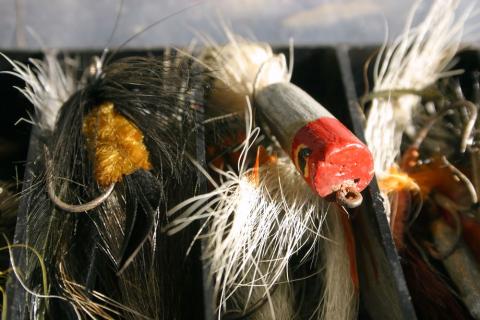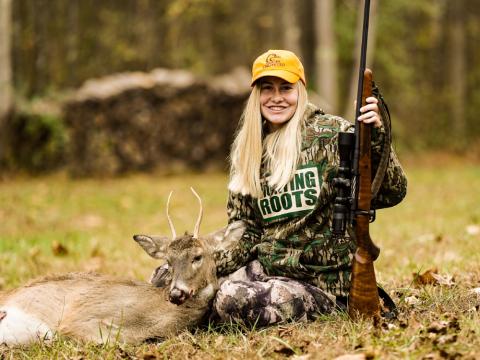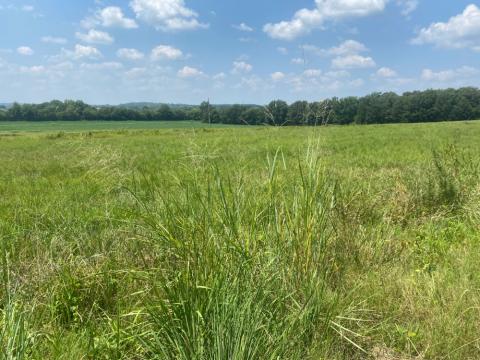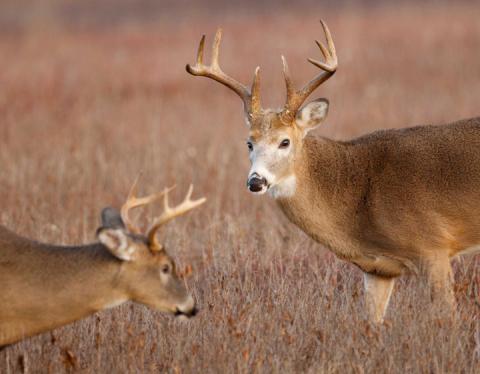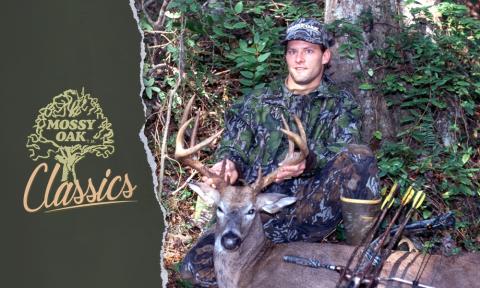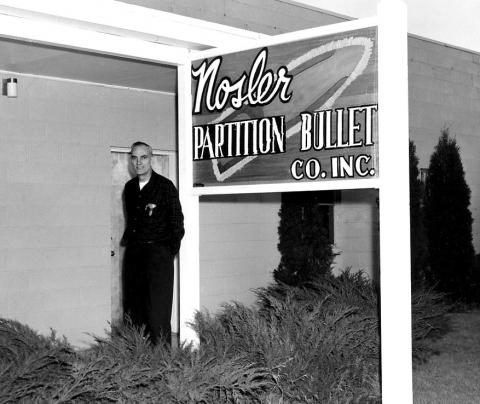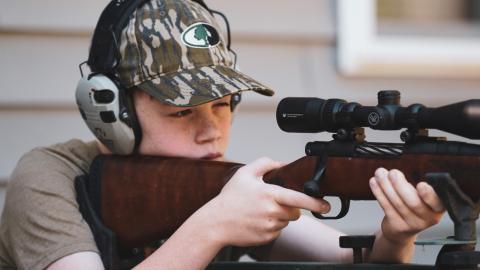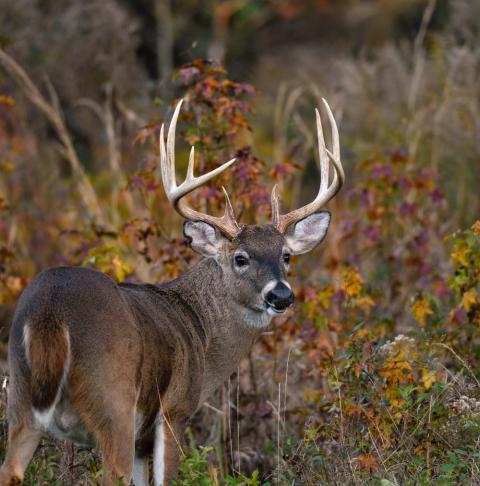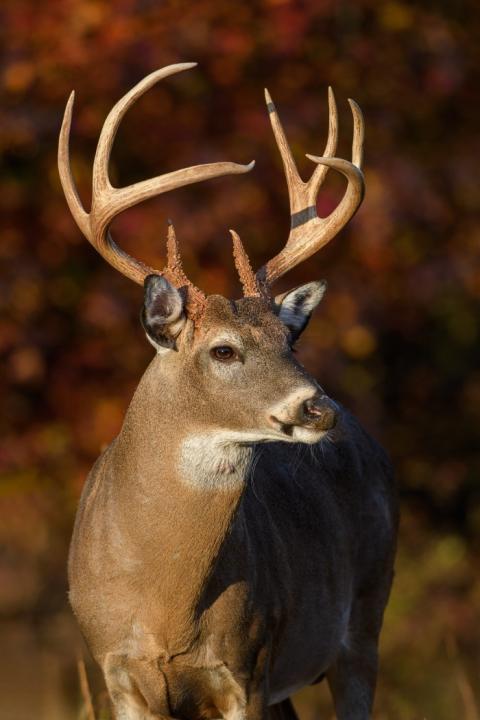provided by John E. Phillips
What if you could catch crappie that weighed 1-1/2 pounds or better most every time you went fishing? What if you didn’t have to spider rig with four poles per person and only used one pole to catch the biggest crappie in a lake? What if you could use your depth finder to pinpoint the biggest crappie, follow it until the fish stopped and then put your bait right on the crappie’s nose? What if you could tell the difference between a crappie’s head and tail before you ever released your bait? This new technology is some of what has been introduced to the crappie-fishing world recently. Two anglers are forging a new path that other crappie fishermen surely will follow.
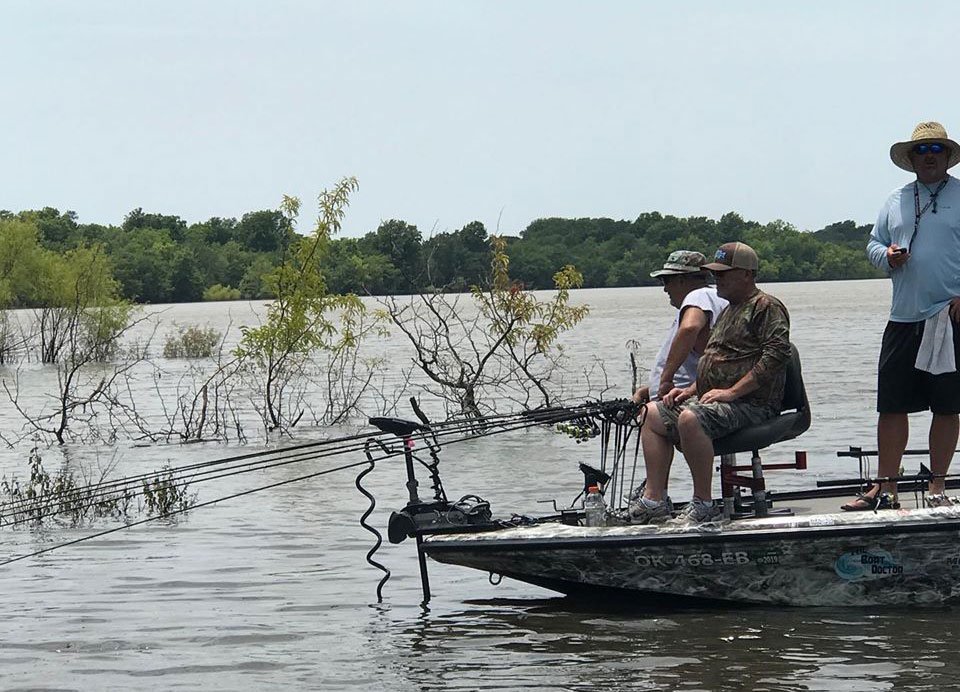
Ryan and Darin Young recently won the American Crappie Trail Championship. Ryan explains how the weather impacted their tournament:
On the first day of practice, a storm arrived with 15-20 mph winds and rain on and off all day long. The crappie were holding very close to the trees that day, and on the second day, when another storm moved in, we almost decided to quit scouting. However, soon after that, we began catching fish, and by noon, we had seven pretty good ones.
I told my brother Darin, “Let’s go look for a big one in a place where we haven’t fished already.” Once we made it to another spot, I turned on my trolling motor, and big crappie were everywhere. We didn’t get the chance to catch a kicker fish (a really big crappie), but we were happy to find that spot and decided to fish there on the last day.
Regardless of whether you’re playing football or crappie fishing, you have to have at least a little bit of luck to have a successful day. On the morning of the last day, we had three different camera boats following us. I put my trolling motor on 60 percent, and when I saw a big fish on my Garmin Panoptix LiveScope, I started chasing it until it stopped and gave me the opportunity to put my jig right in front of its face. Sometimes, I even chased fish for a quarter mile, before they stopped.
At one point, we were following a big crappie that weighed 1.96 pounds. When my brother dropped a minnow in front of the crappie, the fish stole the minnow and swam under the boat. Since I could see the fish with my LiveScope, I turned my trolling motor on, so that the transducer was also under the boat. Quickly, I backed up. Then I could see the crappie in front of the boat. I dropped a hair jig right in front of it and caught it. After we caught that one, I spotted another crappie on my LiveScope about 20-feet out in front of us and told Darin, who had an 18’ ‘B‘n’M pole, to wait until I got the crappie 16 feet in front of us before he dropped his bait right in front of the crappie’s nose. But before I knew it, Darin got too excited and mistakenly dropped the bait behind the crappie, spooking the fish. I couldn’t chase it since there were four stumps right in front of me. Throughout the tournament, there were a few times that we missed big crappie by failing to place the baits right where the crappie could eat them.
One of the problems that some people have with a LiveScope is that they can’t tell the difference between sand bass, catfish and crappie. But in practice, we learned how to distinguish between the fish by the way they swam. For example, we noticed that crappie sometimes would sit in one place and hover but eventually would flick their tails and glide. Sand bass swam all the time, and catfish wagged their tails while holding in one place, unless they were flathead catfish. Yet we did get fooled sometimes. Very few times did we mistake catfish for a big crappie - but it happened.
If you’d like to learn more about the LiveScope or fish with Ryan Young or see the size of fish he’s catching, you can go to his Facebook page at Eufaula Boy’s Crappie Guide Service, or email him.














